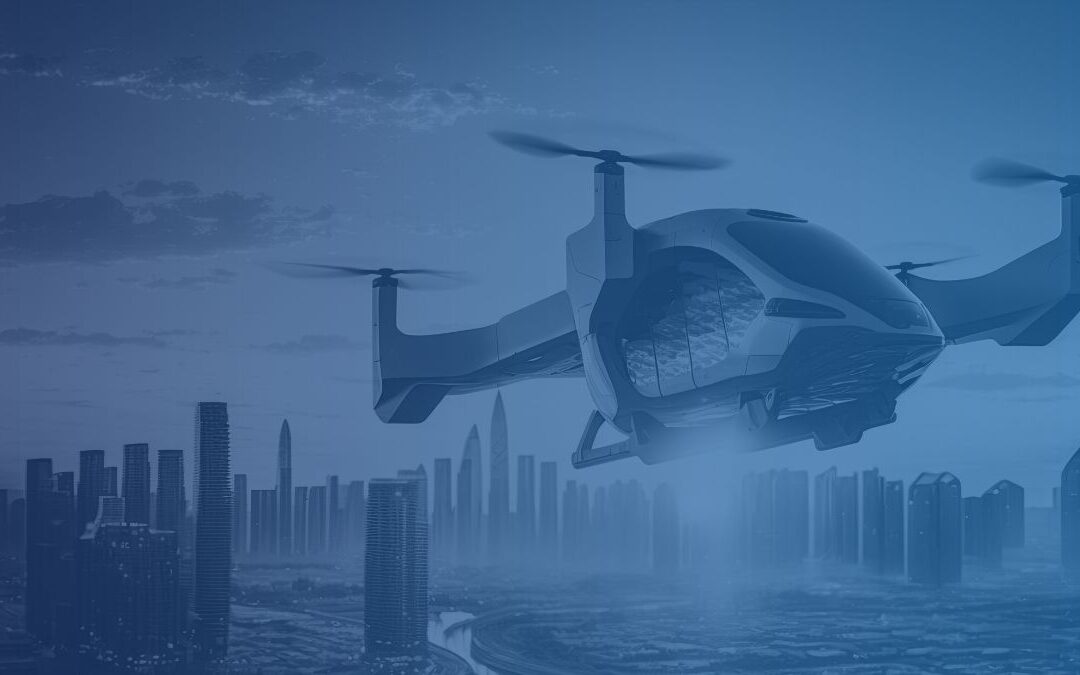Cybersecurity should be a priority for every organization in this day in age. Especially, for safety-critical industries, such as aerospace and defense where higher bars for security are mandated to ensure the protection of sensitive information and in some instances, human life.
Although critical to many operations’ success, cybersecurity is actually easier than you think to get wrong, and these security mistakes can result in expensive and damaging cyberattacks. The following are some of the most common security mistakes developers make when creating or outsourcing hardware and software products.
1. Not Working with a Security-Focused Developer
Most organizations are subject to laws, regulations, and standards that mandate strong cybersecurity practices for their applications. While PCI DSS and data privacy laws like GDPR are the most widespread, some organizations within defense and aerospace sectors are subject to a slew of regulations.
Any application developed in these industries will need to seek compliance before deployment, and the cost of achieving compliance increases dramatically the later in the hardware or software development lifecycle (SDLC). By partnering with a developer that specializes in certifications and security, an organization can build applications that are secure and compliant from day one rather than trying to bolt on security to production applications.
2. Insufficient Product Testing
Vulnerabilities and other design and implementation errors in production software are expensive to remedy. If flawed software makes it through to production, a company runs the risk of a data breach, malware infection, or other expensive, embarrassing, and damaging security incidents. In safety-critical industries, an overlooked vulnerability or flaw also risks injury or death of an organization’s employees and/or customers.
The best way to ensure that a product is as safe and secure as possible is to perform extensive testing before release or deployment. Product testing should be performed in an environment that emulates its intended deployment ecosystem as closely as possible, including communication with other systems, connectivity to various network media (broadband Internet, 5G, etc.), and attempted exploitation by sophisticated cyber threat actors. This testing should not be limited to software validation but should also ensure that the hardware where a system will be deployed meets all performance and security requirements.
3. Failing to Implement Security Agility
Cyber risks and best practices change regularly and rapidly. Today’s buzzwords are the security best practices of the future. At the same time, novel attacks and futuristic threats — such as the need to switch to post-quantum algorithms — are becoming realities today so that we can better situate ourselves to combat the threat-landscape of the future.
With long-lived software and systems, it is probable that security requirements, best practices, and threats will change during the life of the systems. Designing and implementing software to adapt to evolving threats now reduces the cost of addressing new threats in the future. It is also a good idea to use hardware that can keep up with the pace of change, even if this requires manufacturing custom systems and components.
4. Going Cheap on Security
As the cybercrime industry has become more professionalized, companies are facing more frequent, sophisticated cyberattacks. Cyber threat actors are also constantly working to refine their techniques, raising the probability that companies will experience expensive, damaging data breaches and other security incidents.
A failure to invest properly in cybersecurity measures leaves an organization open to exploitation. The cyber threat landscape evolves rapidly, and attacks that were cutting edge yesterday could be commonplace tomorrow. In the long run, cybersecurity investments provide high ROI by reducing the rise of expensive cyberattacks.
5. Using Outdated Cybersecurity Protocols and Tools
As the cyber threat landscape evolves, so do the best practices used to mitigate cyber threats. Antiviruses with signature-based detection used to be effective but are largely useless today. Many companies used to manage ransomware threats by relying on insurers to cover the costs of an incident, but these attacks are rapidly becoming uninsurable.
Protecting against cyber threats requires keeping up-to-date on the latest cybersecurity trends and best practices. Companies should regularly review and test their cybersecurity policies to ensure that they still are effective in the cyber threat landscape. They should also perform regular reviews of existing and future cybersecurity investment to determine how they can proactively take steps to protect the enterprise against current and future threats.
6. Relying on Off-the-Shelf Hardware
While some applications are designed to run on end-user devices (laptops, mobile phones, etc.), a significant number require their own hardware. While this has always been true in certain industries, such as healthcare, manufacturing, aerospace and defense, the rise of 5G and the Internet of Things (IoT) has made this more universally true.
While a company can deploy its software on off-the-shelf hardware, this approach comes at a cost. Hardware that meets the software’s needs may be inefficient, expensive, or unavailable. Additionally, relying on third-party hardware can create security concerns since hardware-layer security risks are outside of the visibility of software-based defenses.
When safety, reliability, and security are a priority, customized hardware is the only logical solution. By partnering with an organization that can design and manufacture hardware using processes and environments that meet certification requirements, a product developer can ensure that they end up with a product that meets customer needs and can more quickly and easily achieve required certifications.
Build a Secure, Safety-Critical Solution with Performance Studio
Performance Studio can help your organization develop its next safety-critical product with ultra-secure software and hardware components via security-focused design and extensive, realistic network environment testing. To learn more about our security and product development practices, or to get started on your next solution, contact us.




